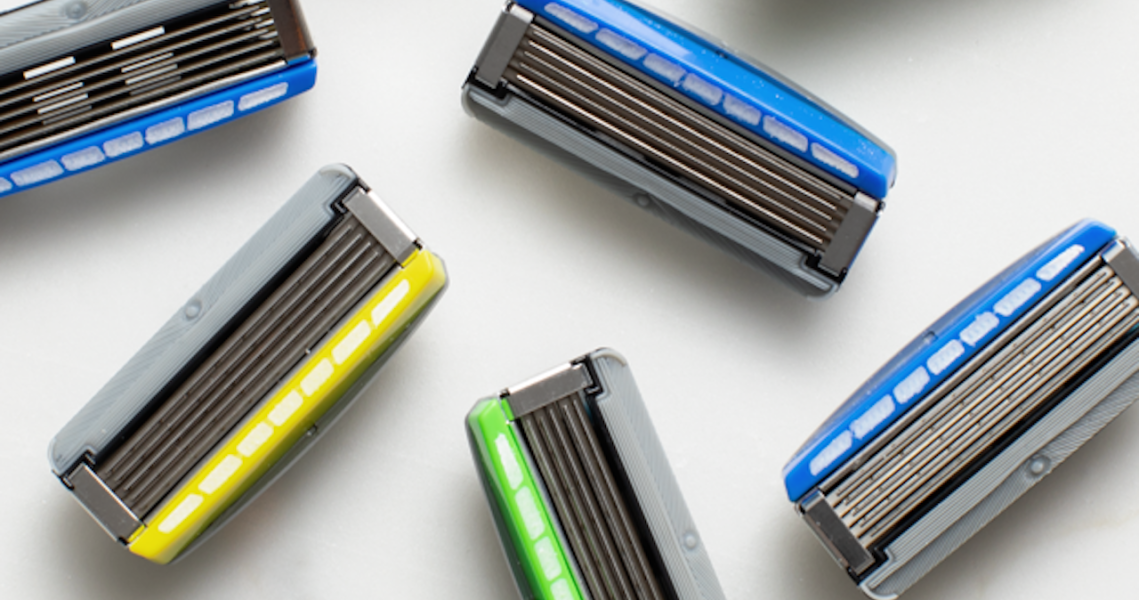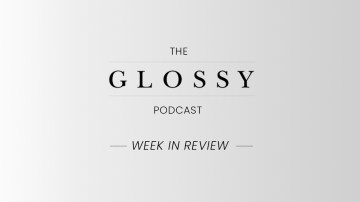As razor sales decline, Edgewell-owned Schick hopes to grow an existing customer base: balding men.
On Monday, the brand launched an ongoing online club called B.I.P., which stands for “bald important people.” Hosted on the website BaldImportantPeople.com, a person can only join if they are bald, with facial recognition technology used to ensure this. After signing up with their email for the website, each person is entered to win a chance to attend the New York Fashion Week Party that kicks off the B.I.P. program. The B.I.P. project was developed by public relations firm Edelman and further development of the website is still underway.
Incumbent razor brands like Schick and Gillette have faced ongoing competition from upstarts; Edgewell announced the acquisition of Harry’s Inc. to combat this. But there’s another challenge brands are facing: Men are shaving less.
“There isn’t anyone out there, from a brand perspective, who is encouraging them to take the plunge and shave their hair,” said Allison Feldman, Edgewell’s men’s shave marketing director. “We felt we could take advantage of this, considering we have the products and heritage to build a community around [baldness].”
Schick’s approach is in stark comparison to brands like Hims and Keeps, which have tried to apply body-positive marketing to their hair-loss products, all aimed at preventing baldness. According to Feldman, only 7% of men shave their head, which spells opportunity for Schick. According to the American Hair Loss Association, 66% of men in the U.S. will experience some degree of “appreciable” hair loss by 35 years old, and approximately 85% of men will have significantly thinning hair by 50.
“If we build a community where men feel supported, more men will shave their head and take that leap,” said Feldman. “As a brand, we can help them, but the first goal is to build this community and, as a byproduct, get this new consumer to drive the category.”
According to consumer research consultancy Mintel, male shaving trends differ by age. For instance, men ages 35 and older are more likely to remove their facial hair, while men ages 18 to 34 are less likely to shave due to perceptions that facial hair is attractive.
In August, Jon Moelle, Procter & Gamble’s CFO, cited “lower shaving-frequency” as taking a toll on the company’s Gillette brand in the U.S. and Europe. Edgewell has not fared much better. On Edgewell’s third quarter earnings call, Dan Sullivan, Edgewell CFO said the company’s wet shave category, which consists of men’s and women’s razors and disposable razors, decreased in net sales by $13.4 million, or 3.9%, compared to the year prior. The North American razor market saw an 8.9% decrease in sales driven by distribution losses and lower pricing, among other factors.
Bald people shave three times more frequently than face shavers, according to Nicole Cizynski Harris, Edgewell’s Schick Xtreme senior brand manager.
B.I.P. is using its NYFW party to align baldness as trendy and encourage attendees, who will likely be outside the fashion industry, to get outside of their comfort zone. Within stores like Target and Walmart, B.I.P. will be promoted through stickers on packages, and the brand will back an ongoing influencer campaign of more than 20 micro- and macro-influencers sharing their personal stories around going bald. The Schick brand is currently reviewing what other types of incentives it can provide its bald community through the website, such as product offers, coupons and event tickets, Harris said.
“We can provide product offers, but we also want it to create experiences and inspire men to push boundaries,” she said.




